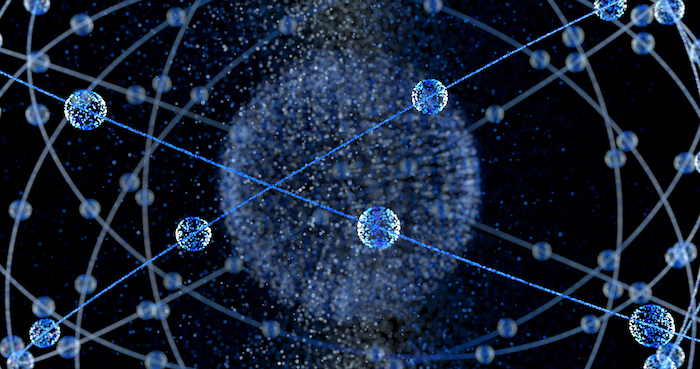
Representatives of the entities that are part of the MadQuantum-CM project consortium have published an article in Nature with the conclusions of three years of tests on the MadQCI network, the largest quantum communications network in Europe, supported by REDIMadrid, the education and research network of the Madrid Regional Government.
Context
Current quantum key distribution (QKD) networks focus on transporting secret keys at the highest possible speed. They are built mostly as fixed infrastructures, physically isolated, and designed to avoid interfering with the quantum channel. However, this architecture is neither scalable nor cost-effective to deploy in the real world.
The study
The MadQCI QKD network structure is based on disaggregated components and modern paradigms specially designed for flexibility, upgradeability and facilitation of QKD integration into the security and telecom network ecosystem.
This model has been tested for three years by deploying numerous multi-vendor QKD systems in a real multi-user telecommunications network, located in production facilities and sharing the infrastructure with commercial traffic.
To address the variety of situations and needs that arise in real networks, different technologies have been used on different links, thus exploring a wide range of possibilities.
Finally, a set of realistic use cases has been implemented to demonstrate the validity and performance of the network.
AFull article: MadQCI: a heterogeneous and scalable SDN-QKD network deployed in production facilities
Authors: V. Martin, J. P. Brito, L. Ortíz, R. B. Méndez, J. S. Buruaga, R. J. Vicente, A. Sebastián-Lombraña, D. Rincón, F. Pérez, C. Sánchez, M. Peev, H. H. Brunner, F. Fung, A. Poppe, F. Fröwis, A. J. Shields, R. I. Woodward, H. Griesser, S. Roehrich, F. de la Iglesia, C. Abellán, M. Hentschel, J. M. Rivas-Moscoso, A. Pastor-Perales, J. Folgueira & D. López
This article has received funding from: OpenQKD, EU H2020 grant 857156, Madrid Quantum—CM, funded by the European Union, NextGenerationEU (PRTR-C17.I1) and by Comunidad de Madrid, Programa de Acciones Complementarias, the EU Horizon Europe project “Quantum Security Networks Partnership” (QSNP), grant 101114043 and QuantERA II Program, EU H2020 research and innovation program under Grant 101017733, with funding organizations: Foundation for Science and Technology—FCT, Agence Nationale de la Recherche - ANR, and Spanish Agencia Estatal de Investigación—AEI and EuroQCI-Spain, DEP grant 101091638.
